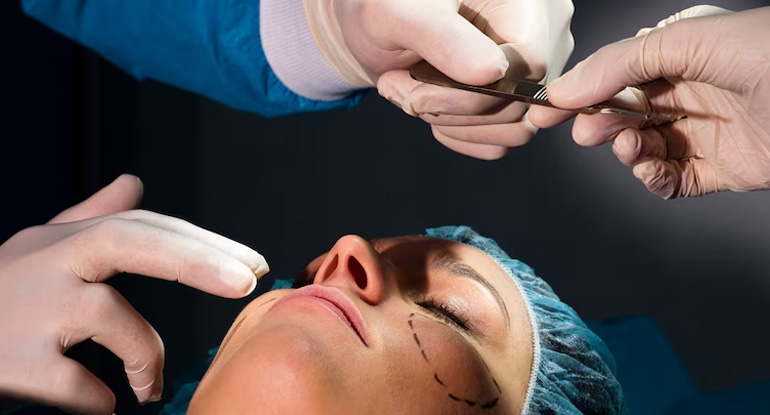
Plastic surgery encompasses a wide range of procedures aimed at restoring, reconstructing, or enhancing physical appearance and function. There are two main types of plastic surgery:
Objective: Focuses on restoring function and appearance to body parts affected by congenital defects, trauma, medical conditions, or diseases.
Breast Reconstruction: Following mastectomy for breast cancer.
Cleft Lip and Palate Repair: Restores normal appearance and function to children born with facial clefts.
Burn Reconstruction: Repairs scar tissue and improves mobility in burn patients.
Hand Surgery: Restores function in hands affected by carpal tunnel syndrome, arthritis, or injuries.
Trauma Repair: Corrects physical deformities resulting from accidents, such as facial fractures.
Objective: Aimed at enhancing appearance through aesthetic procedures.
Facelift: Reduces signs of aging by tightening skin on the face and neck.
Rhinoplasty: Reshapes the nose for better aesthetics or breathing function.
Liposuction: Removes localized fat deposits for body contouring.
Breast Augmentation: Enhances breast size and shape.
Abdominoplasty (Tummy Tuck): Removes excess abdominal skin for a firmer contour.
Microsurgery: Used in reconstructive cases requiring precision, such as reattaching severed fingers or creating new tissue coverage for injuries.
Pediatric Plastic Surgery: Focuses on congenital or acquired deformities in children, like craniofacial anomalies.
Non-Surgical Aesthetic Treatments: Includes Botox, fillers, and laser treatments for rejuvenation and anti-aging.